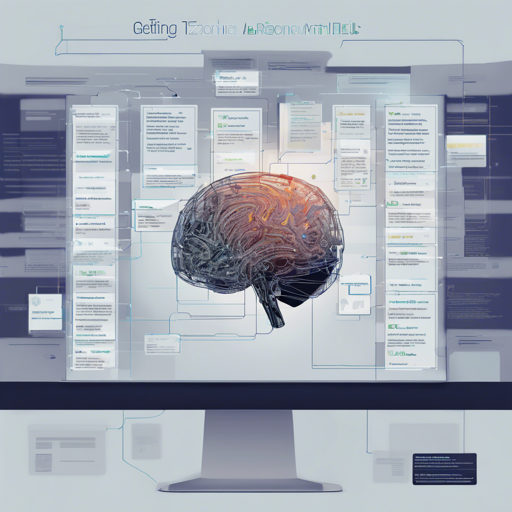In the realm of Natural Language Processing (NLP), Named Entity Recognition (NER) plays a vital role in identifying and classifying key elements in a text, such as people, organizations, and initiatives. One such innovation in NER is the NuNER Zero model, designed for efficient and high-performing zero-shot NER tasks. This blog will guide you through its installation, usage, and troubleshooting tips.
What is NuNER Zero?
NuNER Zero is a state-of-the-art zero-shot NER model based on the GLiNER architecture. Unlike GLiNER, NuNER Zero acts as a token classifier, allowing it to detect entities of arbitrary lengths. Trained on the NuNER v2.0 dataset, it combines subsets of Pile and C4 annotated by LLMs. The model excels in scenarios where standard entity recognition models might struggle due to the absence of prior training on specific categories.
Installation
To install the NuNER model, simply run the following command in your terminal:
!pip install glinerEnsure that all labels are lower-cased to meet the model requirements.
Usage of NuNER Zero
Let’s break down how to use the NuNER Zero model. Think of this process as preparing a gourmet meal: you need the right ingredients (data) and the recipe (code) for everything to come together deliciously!
- Import the Model: Begin by importing the GLiNER model from the gliner library.
- Prepare the Text: Your text will be the meat of your dish, filled with juicy details!
- Predict Entities: Once the text is ready, use the model to predict entities based on the given labels.
- Merge Entities: Similar to combining flavors, merge closely related entities for a comprehensive view.
Here’s an overview of the code:
from gliner import GLiNER
def merge_entities(entities):
if not entities:
return []
merged = []
current = entities[0]
for next_entity in entities[1:]:
if next_entity['label'] == current['label'] and (next_entity['start'] == current['end'] + 1 or next_entity['start'] == current['end']):
current['text'] = text[current['start']: next_entity['end']].strip()
current['end'] = next_entity['end']
else:
merged.append(current)
current = next_entity
merged.append(current)
return merged
model = GLiNER.from_pretrained('numind/NuNerZero')
labels = ['organization', 'initiative', 'project']
labels = [l.lower() for l in labels]
text = "At the annual technology summit, the keynote address was delivered by a senior member of the Association for Computing Machinery Special Interest Group on Algorithms and Computation Theory, which recently launched an expansive initiative titled Quantum Computing and Algorithmic Innovations: Shaping the Future of Technology."
entities = model.predict_entities(text, labels)
entities = merge_entities(entities)
for entity in entities:
print(entity['text'], '=', entity['label'])Understanding the Code
Think of the provided code as a recipe for a delicious dish:
- The
merge_entitiesfunction is like a chef meticulously selecting and combining ingredients based on their similarities, ensuring a harmonious blend. - Initializing the model reads like gathering your cooking tools – everything must be in place before you start cooking.
- Preparing the text is akin to prepping your ingredients, ensuring that each component is ready to be processed.
- Finally, printing the results is like plating your dish to be served!
Troubleshooting Tips
If you encounter issues while using NuNER Zero, consider the following troubleshooting steps:
- Model Not Found: Ensure that the model is correctly installed and that you’re referencing the right model name.
- Incorrect Labeling: Double-check that your labels are lower-cased as required by NuNER Zero.
- Input Format Errors: Verify that your input text is formatted correctly, and all necessary components of the data are included.
- Performance Issues: If performance doesn’t meet your expectations, consider experimenting with more training data or fine-tuning the model.
For more insights, updates, or to collaborate on AI development projects, stay connected with fxis.ai.
Fine-Tuning and Beyond
If you want to delve deeper into customizing the model for your specific use cases, a fine-tuning script can be found here. Fine-tuning allows you to adapt the model more closely to your unique datasets and requirements.
Conclusion
With the NuNER Zero model, complex NER tasks can be simplified, thanks to its innovative zero-shot architecture. Dive into the world of entity recognition and explore its potential applications!
At fxis.ai, we believe that such advancements are crucial for the future of AI, as they enable more comprehensive and effective solutions. Our team is continually exploring new methodologies to push the envelope in artificial intelligence, ensuring that our clients benefit from the latest technological innovations.

